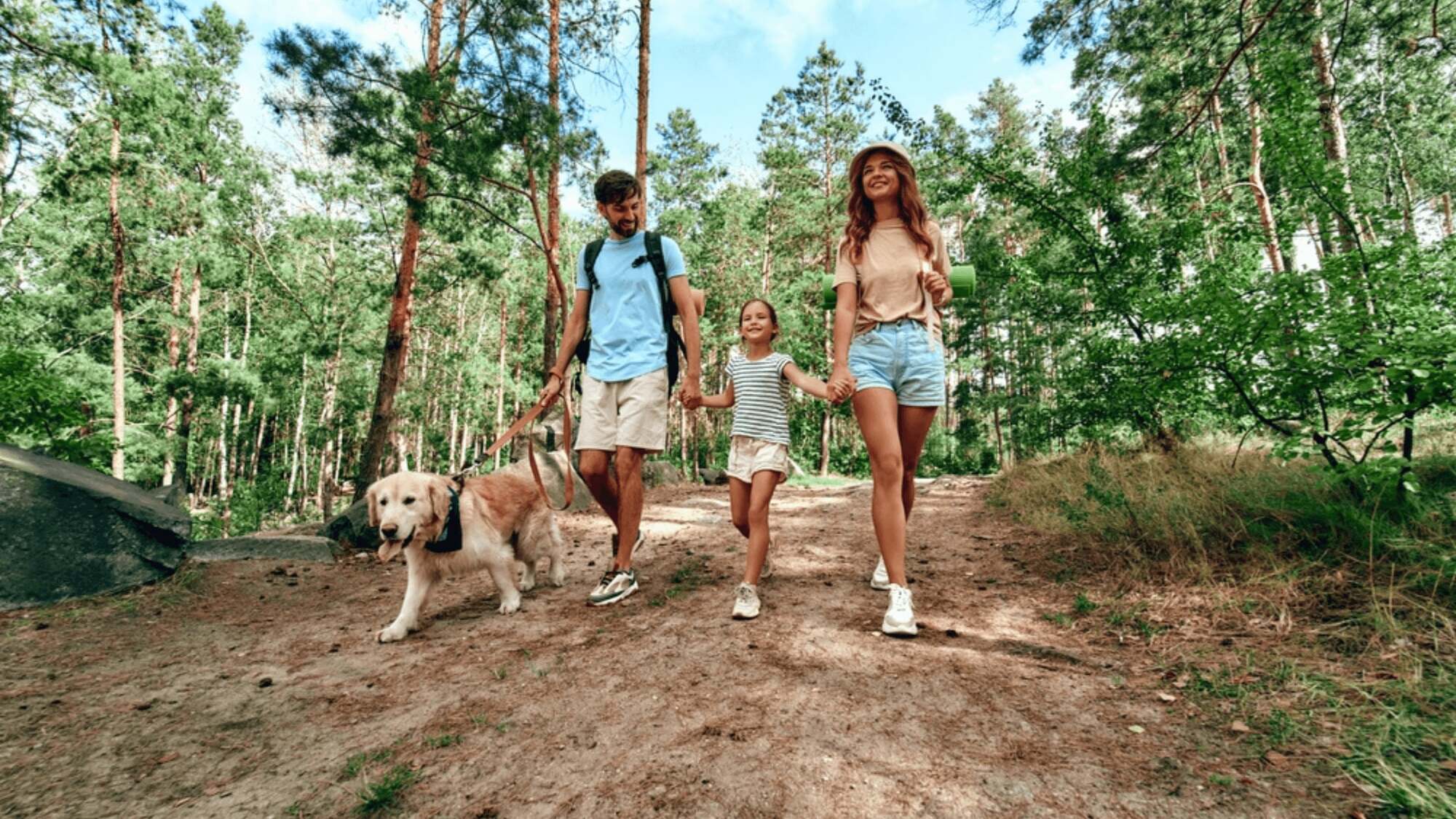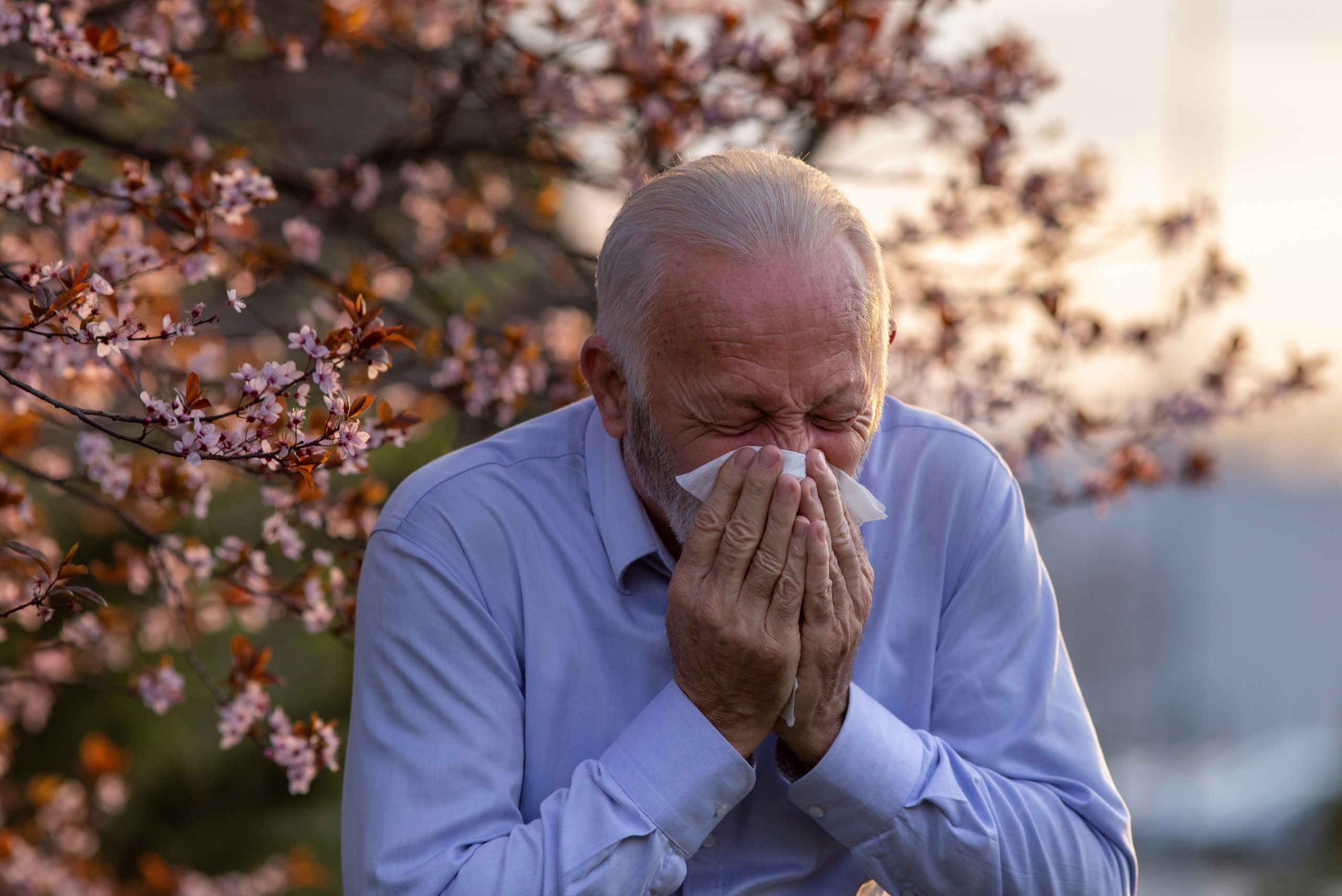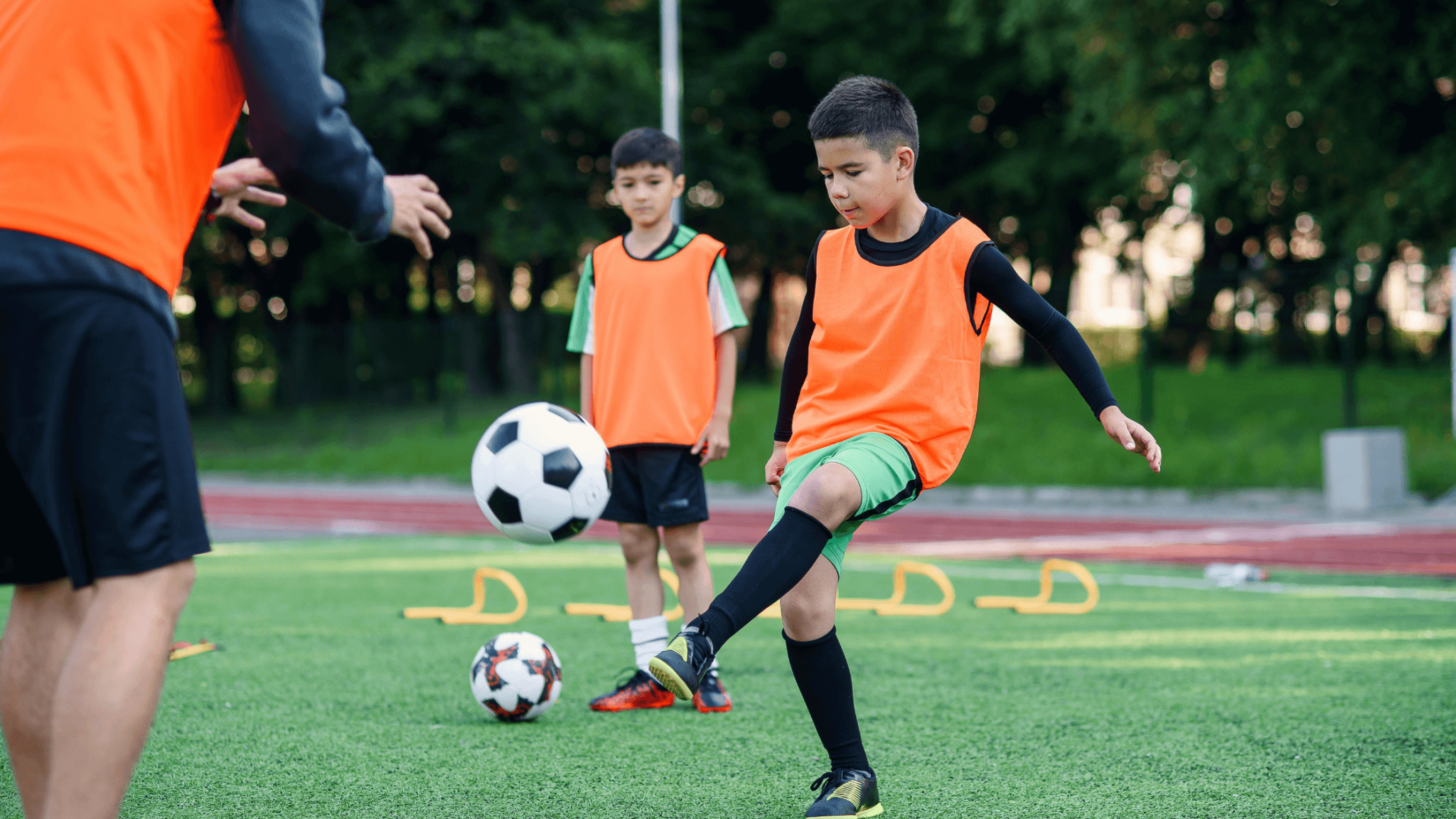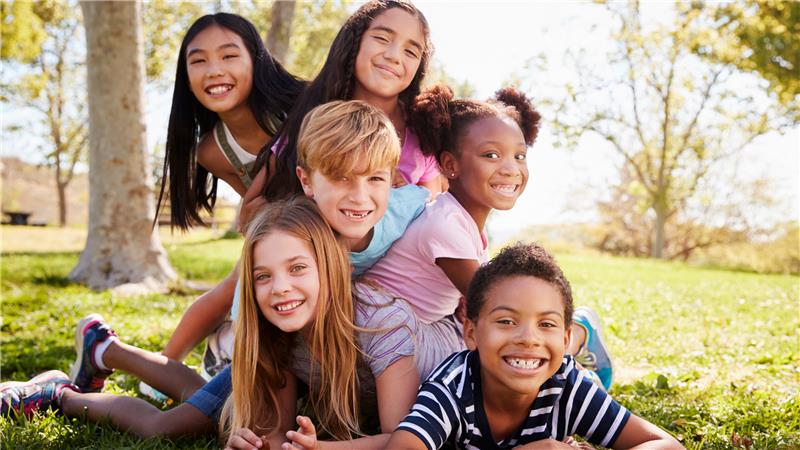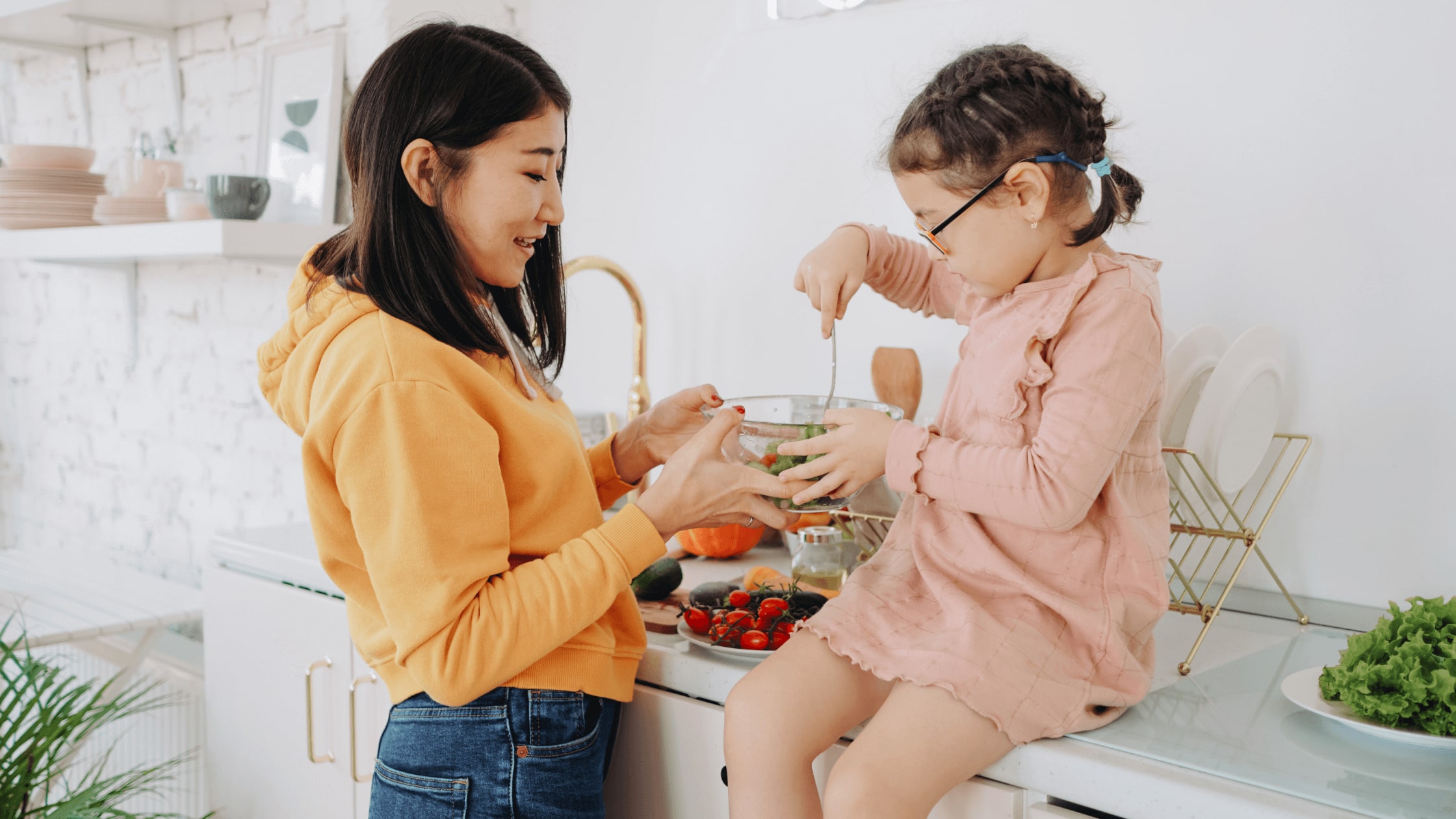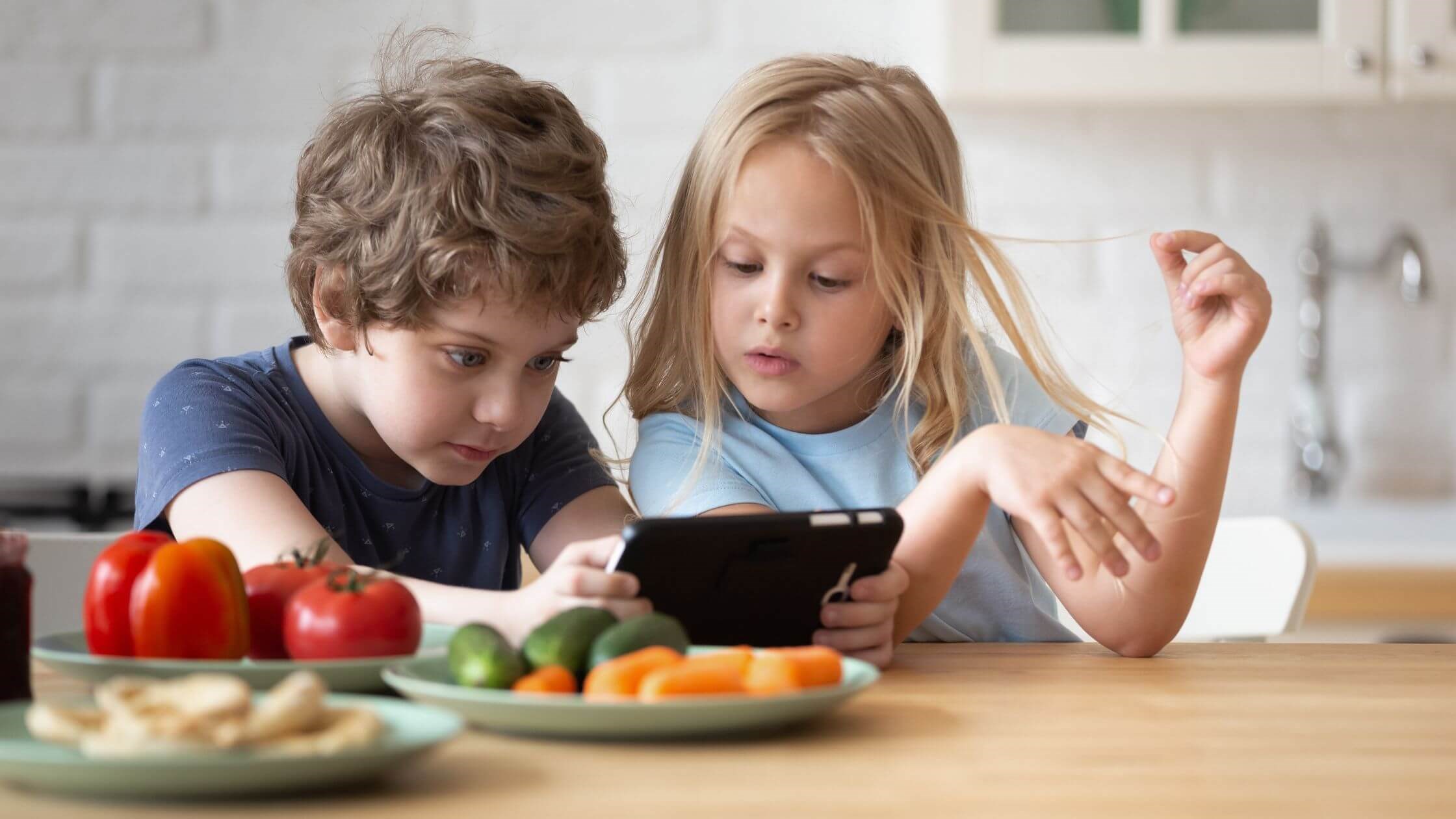How To Spot Anxiety In Children

It’s completely normal for any child to feel anxious or fearful of something, but at some point, these feelings can become extreme and negatively impact their mental health. Here’s how to identify the key differences among the varied forms of childhood anxiety.
Types of Anxiety
Generalized – Generalized Anxiety Disorder occurs when an individual excessively worries about various areas of their life. For children, common situations that can trigger this are school, family or social relationships. Typically, those who suffer from generalized anxiety disorder are worried about events in the future and are fearful something bad will happen. They often find it hard to control their fears for at least six months. Symptoms can include restlessness, constant worrying or reduced concentration.
Social – Social Anxiety Disorder exists when an individual has a strong fear of being in social environments. Examples of this type of anxiety include meeting someone new, talking to others, or attending social events.
Separation – Separation anxiety is very common and expected in young children under three years old. An infant or toddler may go through separation anxiety when their parent is no longer in their view. Examples of this would be dropping a child off with their babysitter, teacher, or family member.
The advanced version of this is Separation Anxiety Disorder, which is experienced by older children and can happen as early as preschool. Symptoms usually appear as children being extremely homesick and excessively worried about being separated from parents. Sometimes Separation Anxiety Disorder can be connected with panic disorders.
Phobias – Phobias are an irrational and intense fear of a situation, activity or object. Children can have phobias, although they are normally first spotted between the ages of 15 to 20.
Types of phobias can be categorized into three main groups:
- Specific – Phobia of a specific object, which is most commonly seen.
- Social – Phobia involving public or social settings.
- Agoraphobia – Phobia of being in a public place that can cause feelings of entrapment, panic, embarrassment or helplessness.
A common symptom of phobias is a panic attack which can include a rapid heartbeat, dry mouth, high blood pressure, nausea, upset stomach, shaking, chest discomfort, sweating or dizziness.
Other signs and symptoms of anxiety
Other indicators of anxiety in children can show up as:
- Avoidance – Dodging people, places or things that make them anxious.
- Disrupted focus – Trouble with concentrating on usual tasks.
- Sleep difficulties – Struggling to sleep well at night.
- Aggressive behavior – Outbursts due to overwhelming feelings.
- Self-doubt – Low self-esteem or critique themself harshly.
Treatment Options
Anxiety coping strategies for home
- Journaling – Writing down thoughts to help release bottled-up feelings.
- Deep belly breathing – Taking deep, slow breaths from the diaphragm.
- Stay active – Engage in physical activity to help relieve stress.
- Play music – Playing a favorite song to boost mood levels.
Just as adults experience moments of self-doubt and place unnecessary amounts of pressure on themselves, kids can too. Practicing positive mental health habits can be essential for maintaining a healthy mindset at any age. For more tips on how to turn around negative thoughts for children click here.
Professional treatment
Everyone worries at one time or another, but if these feelings disrupt an individual’s quality of life, it is best to seek professional help.
Do you need a place to start? Talk with your child’s pediatrician to find out the best options for them based on their personal experiences with anxiety. Schedule an appointment by clicking here.
Regardless of the date published, no content on this website should ever be used as a replacement for direct medical advice from your primary care provider or another qualified clinician.

